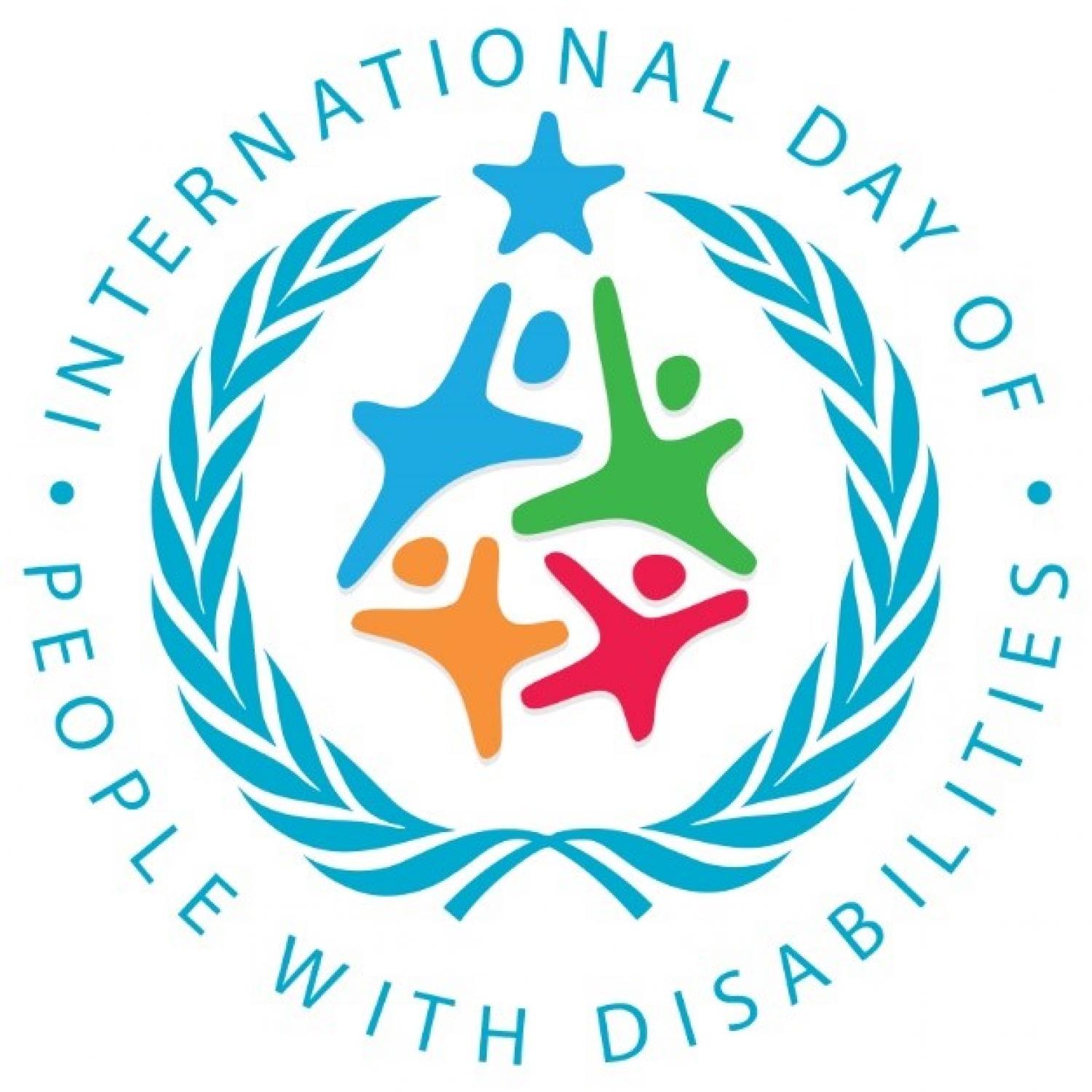
Engineering Applications of Artificial Intelligence, Volume 127, January 2024
The Lancet Regional Health - Western Pacific, Volume 41, December 2023
The Lancet Rheumatology, Volume 5, November 2023
The Lancet Rheumatology, Volume 5, October 2023
The Lancet Healthy Longevity, Volume 4, September 2023
The Lancet Rheumatology, Volume 5, September 2023
The Lancet Regional Health - Western Pacific, Volume 38, September 2023
The Lancet Rheumatology, Volume 5, June 2023
The Lancet Global Health, Volume 11, June 2023
Case Studies on Transport Policy, Volume 11, March 2023
Transportation Research Part D: Transport and Environment, Volume 115, February 2023
The Lancet Regional Health - Europe, Volume 25, February 2023
The Lancet Regional Health - Western Pacific, Volume 31, February 2023
The Lancet Global Health, Volume 10, March 2022
The Lancet Global Health, Volume 10, January 2022
The Lancet Global Health, Volume 10, January 2022
International Journal of Clinical and Health Psychology, Volume 21, 1 September 2021
Heliyon, Volume 6, February 2020
Phytonutrients and Neurological Disorders: Therapeutic and Toxicological Aspects, Volume , 1 January 2023
3D Printing in Podiatric Medicine, Volume , 1 January 2022
Computational Methods and Deep Learning for Ophthalmology, Volume , 1 January 2023
Neurobiology of Brain Disorders: Biological Basis of Neurological and Psychiatric Disorders, Second Edition, Volume , 1 January 2022
Brain Responses to Auditory Mismatch and Novelty Detection
Predictive Coding from Cocktail Parties to Auditory-Related Disorders
2023, Pages 221-269
Diet and Nutrition in Neurological Disorders, Volume , 1 January 2023
Vertebral Augmentation Techniques, Volume , 1 January 2023
Promoting Desired Lifestyles Among Adults with Severe Autism and Intellectual Disabilities
Person Centered Applications of Behavior Analysis
2023, Pages 275-293
Promoting Desired Lifestyles Among Adults with Severe Autism and Intellectual Disabilities
Person Centered Applications of Behavior Analysis
2023, Pages 3-14
Handbook of Lifespan Cognitive Behavioral Therapy: Childhood, Adolescence, Pregnancy, Adulthood, and Aging, Volume , 1 January 2023
Low Vision
Principles and Management
2024, Pages 1-14
Intellectually Impaired People
The Ongoing Battle
2023, Pages 161-167
Intellectually Impaired People
The Ongoing Battle
2023, Pages 169-178
The Youth Athlete: A Practitioner's Guide to Providing Comprehensive Sports Medicine Care, Volume , 1 January 2023
The Youth Athlete: A Practitioner's Guide to Providing Comprehensive Sports Medicine Care, Volume , 1 January 2023
Developments in Neuroethics and Bioethics
Volume 6, 2023, Pages 121-144
Developments in Neuroethics and Bioethics
Volume 6, 2023, Pages 221-246
International Review of Research in Developmental Disabilities, Volume , 2023
International Review of Research in Developmental Disabilities, Volume 65, January 2023
Kaufman's Clinical Neurology for Psychiatrists (Ninth)
Major Problems in Neurology
2023, Pages 295-324
Treatments, Mechanisms, and Adverse Reactions of Anesthetics and Analgesics, Volume , 1 January 2021
Handbook of Clinical Neurology
Volume 185, 2022, Pages 81-97
Nelson Pediatric Symptom-Based Diagnosis: Common Diseases and their Mimics (Second Edition)
2023, Pages 450-472.e2
Rehabilitation Robots for Neurorehabilitation in High-, Low-, and Middle-Income Countries
Current Practice, Barriers, and Future Directions
2024, Pages 471-498
Promoting Desired Lifestyles Among Adults with Severe Autism and Intellectual Disabilities
Person Centered Applications of Behavior Analysis
2023, Pages 139-163
A Progressive Approach to Applied Behavior Analysis
The Autism Partnership Method
2024, Pages 103-113
A Progressive Approach to Applied Behavior Analysis
The Autism Partnership Method
2024, Pages 17-27
Clinician's Guide to Sexuality and Autism
A Guide to Sex Education for Individuals with Autism Spectrum Disorders
2024, Pages 3-8
Clinician's Guide to Sexuality and Autism
A Guide to Sex Education for Individuals with Autism Spectrum Disorders
2024, Pages 9-16
Journal of Responsible Technology, Volume 12, December 2022, 100048
Engineering Applications of Artificial Intelligence, Volume 127, January 2024
International Journal of Clinical and Health Psychology, Volume 21, 1 September 2021
